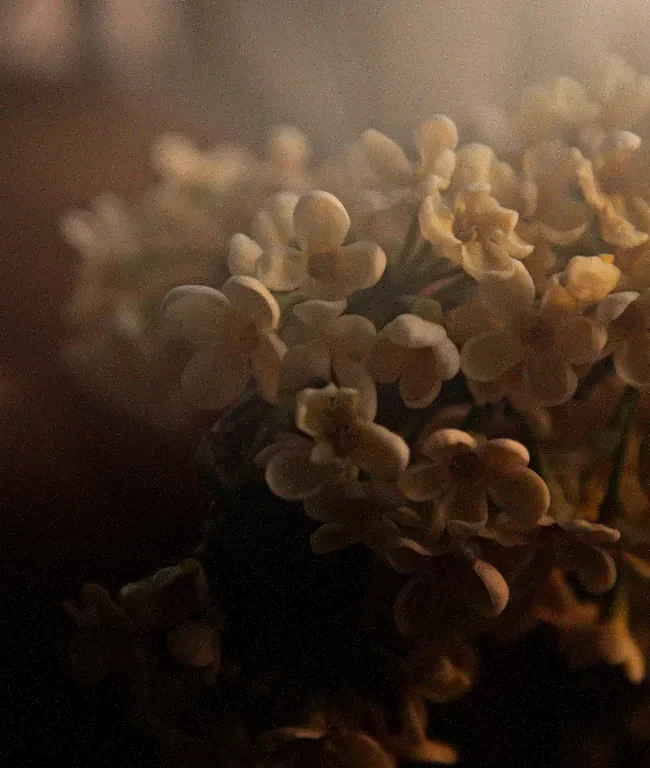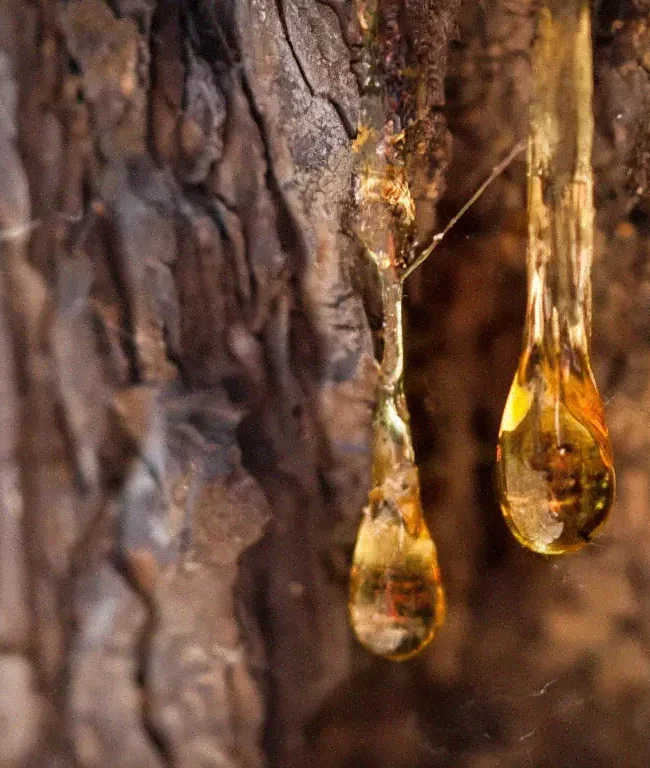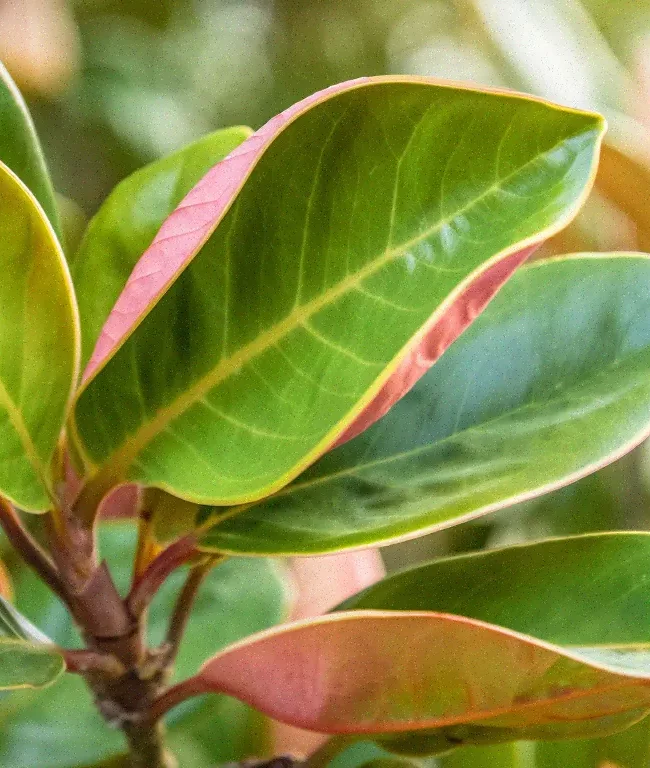
Thyme White’s Phenolic Power in Woody Fragrances
White Thyme oil (Thymus vulgaris) functions as a potent phenolic modifier in woody fragrance formulations at concentrations ranging from 0.20% to 10.53% in fragrance concentrates, providing distinctive herbaceous-medicinal character that adds dryness, complexity, and aromatic lift to heavy woody bases. Its extreme potency—described as “powerful and penetrating”—enables significant olfactive impact at minimal usage levels, though IFRA restricts it to maximum 2.0% in fragrance concentrates due to sensitizing phenolic compounds, primarily thymol (40-80% of composition). White thyme’s versatility spans from trace accent (0.20%) in heavily woody patchouli reconstructions to major component (10.53%) in aromatic-woody compositions, with its camphoreous-phenolic profile bridging fresh herbal top notes and deeper woody bases.
Olfactive architecture: phenolic backbone meets herbaceous complexity
White thyme oil presents a multi-layered sensory profile dominated by strong phenolic-medicinal character with significant herbaceous, camphoreous, and terpenic facets. At 10% dilution in dipropylene glycol, it exhibits “thyme herbal camphoreous medicinal phenolic terpenic spicy” notes, while professional evaluations describe it as “aromatic phenol medicinal spicy thyme herb hot.” Secondary descriptors include honey, floral, citrus, woody, green, and fruity nuances, creating an unexpectedly complex palette beneath the dominant phenolic impression.
White thyme functions primarily as a middle/heart note material despite its volatile terpenic components, providing medium-lasting impact that reinforces fragrance structure. Its redistillation from red thyme oil produces a “somewhat sweeter,” “less terpenic,” and “more refined” character compared to the crude first distillation, making it preferred in fine perfumery where its pale yellow color doesn’t interfere with finished products and its gentler profile allows sophisticated blending.
The oil’s extreme potency demands professional handling at very low concentrations. Industry recommendations suggest 0.2-0.5% maximum in perfumery applications, with formulators advised to add “a drop at a time to prevent it from dominating the entire composition.” This high impact-to-dosage ratio makes white thyme cost-effective despite requiring extreme caution in blending. Professional perfumers typically work with pre-diluted versions (often 10% in DPG) for better control.
White thyme’s phenolic character derives primarily from thymol content (40-80% depending on chemotype), delivering sharp, penetrating, antiseptic qualities that provide “cleansing” impressions and powerful projection. Additional components include p-cymene (8-25%), γ-terpinene (5-30%), and carvacrol (2-5%), contributing to its terpenic sharpness and camphoreous freshness. This chemical composition creates functional benefits beyond fragrance—antimicrobial properties valued in wellness-oriented products and spa fragrances where it has gained commercial prominence, notably in “White Tea & Thyme” signature scents for major hotel chains.
Woody accord applications: bridging aromatics and earthy bases
Analysis of The Good Scents Company database reveals white thyme oil’s versatile deployment in woody fragrances through two documented formulations demonstrating contrasting usage philosophies. In the “Leathery Floral Herbal” accord (Patent 4,390,434), white thyme appears as a major component at 10.00 parts per 95 total parts, calculating to 10.53% in fragrance concentrate or 2.11% in final perfume at 20% concentration. This formula pairs thyme with three woody materials: cedarwood oil white (15.00 parts, 15.79%), sandalwood oil (5.00 parts, 5.26%), and patchouli oil light (5.00 parts, 5.26%), creating a woody-leathery backbone comprising 26.32% of the concentrate.
In this aromatic-woody structure, white thyme serves as the fourth-largest ingredient by weight, providing herbaceous-phenolic top notes with camphoreous qualities that bridge the aromatic herbal complex (geranium, rosemary, lavender, clary sage) with woody-leathery bases. The thyme contributes dryness, medicinal-herbaceous complexity, and phenolic sharpness that prevents woody notes from becoming too heavy or sweet while adding clean edges to round woody materials. Its position as a primary accent demonstrates effectiveness in aromatic-woody and herbal-woody accords where substantial thyme presence creates distinctive character.
Conversely, the “Patchouli Imitation 10” reconstruction (Cosmetic, Fragrances and Flavors, Louis Appel, 1982) employs white thyme at 2.00 parts per 1000 total, yielding merely 0.20% in concentrate (0.04% in final perfume). This heavily woody formula contains 680 parts (68%) of woody materials: cedarwood oil virginia (250 parts, 25%), amyris wood oil (180 parts, 18%), patchouli oil (150 parts, 15%), and cedrenol (100 parts, 10%). Here white thyme functions as a trace modifier, providing subtle herbaceous-spicy top notes with phenolic-camphoreous nuances that add naturalness and complexity to synthetic patchouli reconstruction.
Cedarwood emerges as white thyme’s primary synergistic partner, appearing in both formulations, with patchouli as secondary frequent pairing. The formulas reveal white thyme’s dual-role functionality: at high levels (5-11% of concentrate) it acts as primary aromatic-woody modifier in compositions emphasizing herbal character, while at trace levels (0.1-0.5%) it serves as complexity enhancer in pure woody bases. This versatility allows formulators to deploy thyme strategically based on desired outcomes—whether building distinctive aromatic-woody signatures or adding subtle earthy-herbal authenticity to woody-oriental structures.
The specific effects white thyme achieves in woody accords include: phenolic dryness and sharpness that balances sweet or resinous woods; herbaceous-aromatic lift providing volatility to heavy bases; complexity and naturalness enhancing synthetic woody materials; and crucial bridging function connecting aromatic tops with woody bases through camphoreous-phenolic intermediary character. Its terpenic nature creates aromatic lift in the top-to-heart transition, particularly effective when paired with lavender, rosemary, and clary sage in fougère-adjacent woody structures.
Professional usage recommendations for woody compositions suggest: 5-10% of concentrate for aromatic fougère-woody accords; 2-5% for chypre-woody structures; 0.1-0.5% for pure woody bases requiring trace complexity; and 5-10% for leathery-woody compositions. These ranges fall within IFRA’s 2.0% maximum restriction only when considering that most commercial implementation occurs at the lower end of ranges or through careful formulation balance.
Leather accord investigation: theoretical applications and absent evidence
Comprehensive database searches yielded no documented demo formulas containing white thyme oil in leather fragrance compositions within The Good Scents Company database. This absence proves significant given the database’s extensive coverage of fragrance materials and formulations, suggesting white thyme occupies at best a marginal role in professional leather perfumery. The database contains numerous leather formulas featuring traditional materials—birch tar oil (“smoky burnt wood leathery phenolic”), castoreum absolute (“leathery smoky animal phenolic”), isobutyl quinoline, various cresols and guaiacols—yet white thyme appears nowhere in these structures.
However, related evidence indicates thyme-derived materials can contribute leather character. Thyme undecane (3,3-dimethyl-1,5-dioxaspiro[5.5]undecane, CAS 707-29-9), a synthetic compound, exhibits odor profile described as “fresh thyme herbal leathery tobacco animal sweet,” with leathery as tertiary descriptor. This synthetic specifically captures thyme’s leather-contributing aspects without the dominant herbaceous-medicinal notes that may limit white thyme oil’s direct application in leather accords.
The phenolic character of white thyme oil theoretically aligns with leather accord requirements. Traditional leather fragrances rely heavily on phenolic materials—2-tert-butyl-para-cresol (“cresol medicinal leather”), meta-cresol (“medicinal woody leather phenolic”), and various guaiacol derivatives. White thyme’s “phenolic medicinal” profile containing 40-80% thymol could theoretically contribute phenolic backbone to leather structures. Yet professional perfumers apparently prefer more targeted phenolic chemicals or specialty leather bases over white thyme’s complex herbaceous-phenolic mixture.
If white thyme oil were deployed in leather accords, theoretical usage would likely fall at 0.5-2.0% of fragrance concentrate (maximum IFRA allows), translating to 0.1-0.4% in 20% perfume concentration. Potential roles would include: phenolic modifier contributing medicinal-phenolic aspects; herbal-animal bridge where camphoreous-herbal notes connect animalic and phenolic elements; terpenic complexity adding fresher, more nuanced phenolic character versus flat synthetic phenolics; and supporting accent rather than primary leather creator.
Theoretical pairings based on leather accord chemistry would include: birch tar oil or cade oil providing primary smoky leather character; castoreum or synthetic castoreum replacers for animalic leather; labdanum resinoid contributing warm balsamic base; isobutyl quinoline adding leather-oakmoss character; styrax or benzoin for balsamic smoothness; and various cresols and phenolics forming leather backbone. In such structures, white thyme would likely function as a top-note modifier adding herbaceous complexity to phenolic leather bases rather than contributing core leather character.
The absence likely reflects multiple factors: database limitations (TGSC represents limited formula sampling); professional preference for synthetic phenolics offering targeted effects without competing herbaceous notes; white thyme’s dominant herbal-camphoreous character potentially conflicting with leather’s animalic-smoky profile; and availability of thyme undecane and other synthetics capturing desired aspects without unwanted herbal baggage. Additionally, leather accords traditionally emphasize smoky, animalic, and dry phenolic qualities rather than fresh herbaceous-medicinal impressions.
Professional formulation insights and regulatory boundaries
White thyme oil’s commercial viability in woody and potentially leather fragrances operates within strict regulatory parameters. IFRA restricts usage to 2.0% maximum in fragrance concentrates due to sensitization concerns from phenolic compounds and potential skin/mucous membrane irritation. This limitation shapes professional usage patterns, requiring formulators to achieve desired effects within narrow concentration windows while managing cumulative exposure across product lines.
The oil blends particularly well with hedione (specifically noted by PerfumersWorld), eucalyptol, methyl salicylate, menthol, mint materials, citrus oils (bergamot, lemon, grapefruit), other herbs (lavender, rosemary, sage, marjoram), woods (pine, cedar, sandalwood), and select florals (rose, jasmine, violet) in complex accords. Contemporary commercial applications extend beyond traditional perfumery into hotel signature scents, spa fragrances, aromatherapy blends, luxury home fragrances, and niche perfumery where distinctive herbal-aromatic character supports “natural,” “botanical,” or “wellness” positioning.
Formulation strategy requires understanding white thyme’s time-release profile—phenolic character becomes more integrated with other materials over 24-48 hours maturation, allowing initial sharpness to mellow while maintaining impact. Professional tips include: starting at 0.1% and building gradually; allowing sufficient evaluation time for full development; recognizing particular effectiveness in alcohol-based perfumes; and leveraging its ability to “lift” heavy bases or clarify muddied accords. The oil’s stability generally proves reliable though phenolic compounds may interact with certain materials, requiring compatibility testing in complex formulations.
Conclusion
White thyme oil occupies a specialized niche in woody fragrance formulations where its powerful phenolic-herbaceous character provides distinctive effects unattainable through synthetic alternatives. Documented usage ranges from trace complexity modifier (0.20%) to substantial aromatic component (10.53%), with cedarwood and patchouli emerging as primary synergistic partners. In leather accords, evidence suggests minimal professional deployment despite theoretical compatibility, likely reflecting preference for targeted synthetic phenolics over complex essential oil profiles. The oil’s extreme potency, strict regulatory limits, and distinctive olfactive signature demand sophisticated formulation expertise but reward skilled application with unique aromatic-woody character, particularly in fougère-adjacent structures, herbal-woody compositions, and wellness-oriented fragrances where its medicinal-fresh impression aligns with contemporary market preferences.




